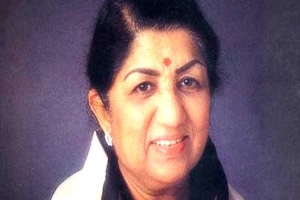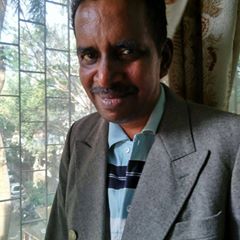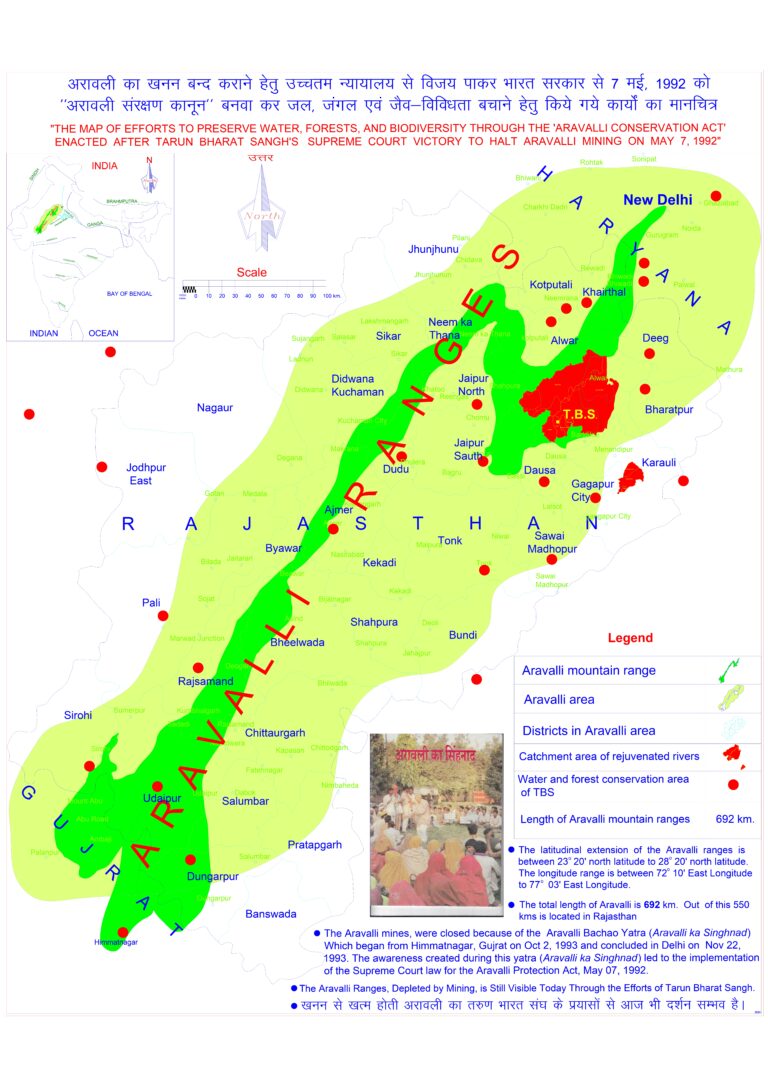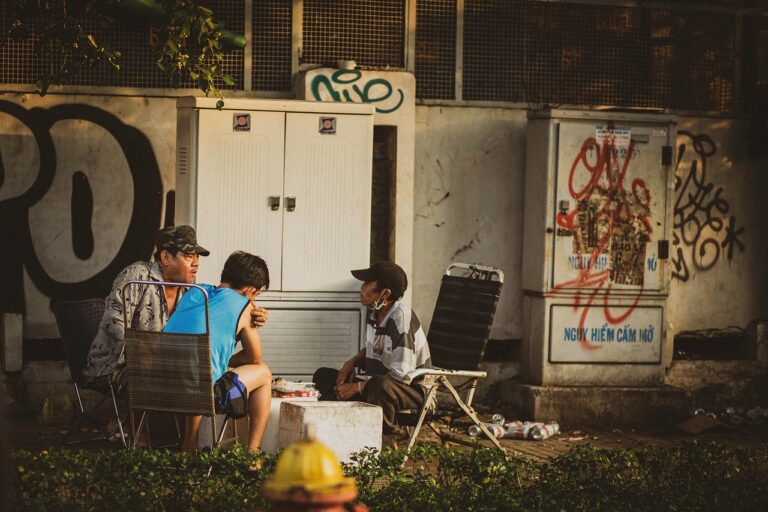
RIP LATA MAGESHKAR
1929-2022
Even today her melodious voice rings a chord when reminded of her first evergreen hit in Bollywood, “Aayega aanewala…” from the film Mahal that starred Madhubala. It was way back in 1945 when the musical legend was in her mid-teens. From then on Lata Mangeshkar transformed the cinema screen with her iconic renderings including “Pyar kiya toh darna kya” for Mughal-e-Azam. She also made it big with raga based compositions in films like Baiju Bawra, Mother India, and Shree 420.

The melodious “Ghar aaya mera pardesi” continues to regale music lovers across the globe. In the mid-seventies, the legend made another splash with “Haan jab tak hai Jaan” for the epic film Sholay. Lata Mangeshkar’s melancholy chartbusters used to be much awaited for in the halcyon days of Binaca Geet Mala anchored by the legendary Ameen Sayani over Radio Ceylon. This included memorable hits from Pakeezah, Bees Saal Baad, Jeene Ki Raah and a host of other films.
It was the era in which Bollywood chartbusters were eagerly awaited for on Wednesday evenings in Radio Ceylon as Vividh Bharati was yet to make its mark and no Indian radio station aired Hindi film songs. In Bombay, the only other source of musical entertainment used to happen during its 10-day Ganpati festival, when loudspeakers across the pandals used to blare out loud film music. “Aaj phir jeene ki tamanna hai,” used to be Lata didi’s popular hit that got played again and again in different Ganesh Utsav halls.
The popular composition, “Aye mere Watan ke logon,” being rendered at the Republic Day festivities is known to have brought tears to the eyes of the then Prime Minister Jawaharlal Nehru. It was in memory of the Indian soldiers who laid down their lives during the 1962 Indo-China war. Besides, she was a three-time award winner for the best female playback singer, featuring in songs from Parichay, Kora Kagaz and Lekin. Her musical career spanned more than six decades. She was evergreen with her performance for Dil Wale Dulhaniya Le Jayenge in the post-nineties era.
In addition to her legendary contribution to Hindi film music, she is also known to have sung in several regional movies that included Marathi and Bengali. Her crown of jewels included the Nation’s highest awards Bharat Ratna, Padma Vibhushan, Padma Bhushan, and also the prestigious Dadasaheb Phalke award. Hailing from a musical family, her father Pandit Deenanath Mangeshkar died when she was just 13-years-old.
Her glorious marathon innings in the world of playback singing came to an end with her demise at Mumbai’s Breach Candy hospital, having combated with COVID and pneumonia for weeks. The legendary singer was accorded full state honours in her funeral that commenced at 6.30 p.m. on Sunday. A two-day State mourning has been announced by the Centre during which the national flag will be flown at half-mast throughout the country.
Tributes continued to pour in from political leaders across parties as well as from various quarters in the film fraternity, which took on to the twitter handle. The legendary singer was indeed a class apart across the musical strata.
 -By Venkatesh Raghavan
-By Venkatesh Raghavan





